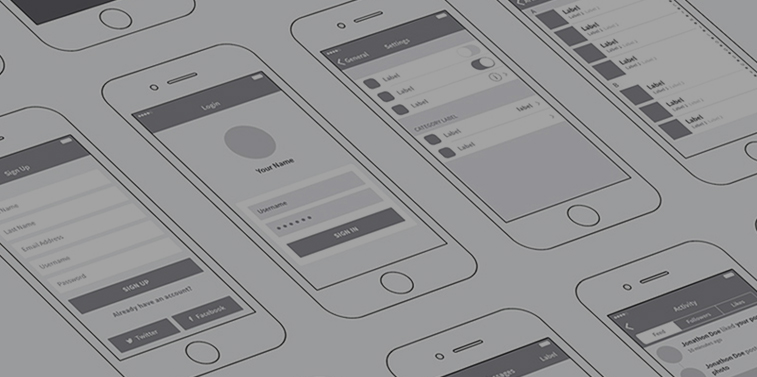UX consistency has become a global challenge as reported by 3,157 respondents in a recent industry survey. As a product scales, limited collaboration and communication make it difficult for different stakeholders involved in product development to work with a shared vision.
Therefore, it is important to follow certain established design rules to ensure that the overall experience of the product is seamless.
Inconsistent UX often manifests the following problems
Inconsistent workflows
As users begin to use your product every day, they form a mental map of expectations. It allows them to predict what would happen when they click on a specific CTA or initiate a task. An unpredictable experience would attack their ability to trust and complete a task with confidence.
Mammoth load on your development teams
With no defined guidelines or framework in place, your development team would often find themselves building every component used in the product from a scratch. Besides the toil of repeatedly coding similar functions, it keeps the overall UX away from standardization.
Limited scaling & innovation
Inconsistent UX often keeps managers and development teams busy in troubleshooting glitches and doesn’t leave room for them to think of features they would like to add to the product. Often, it’s simply hard to understand where a new feature should be integrated without adding to the confusion.
Well, the good news is that while inconsistency is among the greatest UX challenges, it also happens to be something we have come to master.
Let’s begin by defining the aspects of your product which interact with the user, and identify some basic rules of consistency for your product to improve user experience.
1. Components

Your product can be broken down to reveal some repetitive elements such as tables, forms, wizards, cards, dropdowns, overlays, etc. These usually combine as an ‘interaction’ to allow the user to complete the task at hand. It is wise to build a common library of these components as you build your product. Keeping the library live (constantly updated) and central for all teams to access will make sure all stakeholders involved in the development process are using universally approved and standardized elements. Involving a UX team would help you explore multiple options for the same elements as per your need, while ensuring that they all are functionally alike.
2. Information and Labels

Humans like to rely on their ability to recall and recollect. While defining titles or labels for a particular field, one needs to be mindful about their users and ensure that these are similar to the terms and words used for reference in their real-world context. As far as possible, they should be crisp and well-defined. Use of multiple abbreviations and long titles could confuse the user.
It is also important to group related information together to keep it contextually relevant. Better known as ‘Information Architecture’ (IA) in the UX community, IA ensures that the information is logically distributed in a way that users are able to find what they need without feeling overwhelmed.
3. Colors

Visual aesthetics of a product have a strong role to play in the overall UX consistency. Besides establishing a visual hierarchy which subconsciously plays with the user’s focus, UI guidelines (rules built to define the usage of color and its usage across components) leverage the scientific aspect of a user’s behavior.
Involving an experienced eUX team can help you understand the primary tasks and functions performed by your user, and use visual elements to guide them through it. Besides a focused benefit like this, UI guidelines make sure that your product has a strong visual hierarchy, helping your user perform their tasks with the correct mindset.
Closing Thought
Each enterprise scale product harbors its own unique complexity and can’t truly benefit from a ‘one size fits all’ approach. To reap the true value of UX, it is always advisable to scale with your own unique strategy that lives parallel to product development. It holistically adds the value of UX to your product, making sure it is agile enough to accommodate your evolving goals and expectations to improve user experience.









